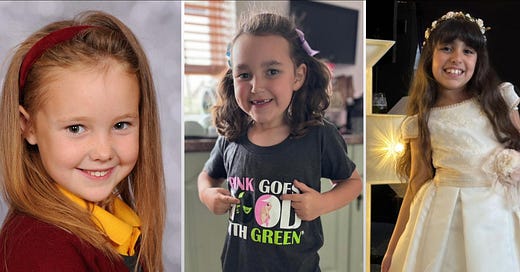Misogyny and Extremism: A Connection We Cannot Ignore
As the Southport murderer begins his 52-year sentence, I take a closer look at the overlooked role of misogyny in acts of extremism
It’s not often I’m rocked when reading court reports of murder trials. For the best part of six-years I’ve sifted through many of them, searching for answers: how did we get here? How can we learn? Those familiar, ceaseless and, seemingly, unending questions. This week, however, as the harrowing details of three young girls’ final moments were read out in court, I felt a disturbing shift within me - a weight, a responsibility. To say something, do something; anything. It felt different. I sat in this stillness, reflecting maybe this was it, that I had finally hit my own limits of doing this work altogether.
Then I began asking the same questions as everyone else: how has this violence become so routine? How can fragile innocent young lives perish and end so violently like this? And most of all just how can we continue to allow systems meant to protect women and girls to fail, time and aga…
Keep reading with a 7-day free trial
Subscribe to David Challen to keep reading this post and get 7 days of free access to the full post archives.




